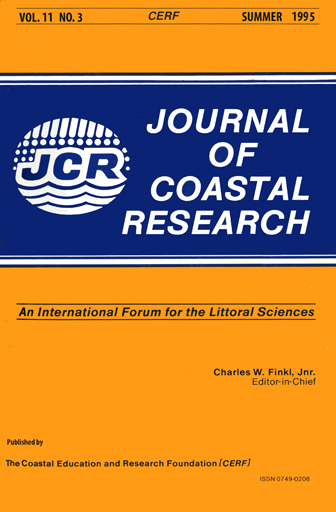Indirect Response of the Peace River, Florida, to Episodic Sea-Level Change
Keywords:
Base level, flood plain, radiocarbon dates, climate change, water table.Abstract
Rivers must respond to base-level change but the timing, nature, and location of the response varies with the river. This response includes incision and aggradation as recorded in the flood-plain sediment and soil and calibrated by radiocarbon dates.
Stream response to sea-level variations in a karst terrain is identified along the Peace River in central Florida. Incision and aggradation of this small river, more than 35 km upvalley from its mouth, primarily respond to changes in water-table elevation. This elevation in turn responds to both sea-level and climate changes. As a consequence, river response to sea-level change is indirect and nonsynchronous with sea-level variations and with that of other non- karst streams that respond more directly to sea-level fluctuation.
Incision of the Peace River occurred prior to 22 ka, during the initial decline of sea level and dry climate associated with the late Wisconsin glacial stage. These conditions caused the depression of the water table and hence the potential incision for the Peace River. As the river incised, upstream fluvial and eolian erosion of dry upland surfaces increased sediment load and subsequently caused aggradation of the Peace River, despite a declining sea level.
The present incision of the river occurred within the last few millennia when sea level was at or near its present high stand and the climate was humid, thus resulting in a shallow water table. The wet vegetated ground surface restricted erosion therefore reducing sediment load of the Peace River which then began to incise during a sea-level maximum.


